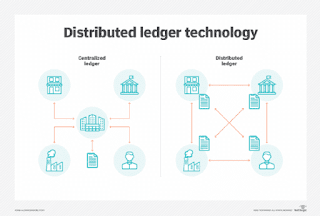Understanding IT Block-Chain functionality
Blockchain technology is a distributed ledger technology that enables secure and transparent transactions. The basic idea behind blockchain is to create a decentralized database where multiple participants can have access to the same information and can verify the integrity of the data.
The IT (Information Technology) aspect of blockchain involves the use of computer systems and software to implement and manage the blockchain network. The following are some of the technical details of blockchain technology:
Distributed Ledger:
Blockchain technology uses a distributed ledger system to store transactions. This means that the ledger is replicated on multiple computers or nodes, and each node has a copy of the ledger. This ensures that the ledger is tamper-proof and provides a transparent record of all transactions.Consensus Mechanism:
In a blockchain network, a consensus mechanism is used to validate transactions and add them to the ledger. There are different types of consensus mechanisms, such as Proof of Work, Proof of Stake, and Delegated Proof of Stake, each with its own advantages and disadvantages.
Cryptography:
Smart Contracts:
Smart contracts are self-executing contracts that are programmed to execute automatically when certain conditions are met. They are used to automate processes and reduce the need for intermediaries.
Blockchain Networks:
There are different types of blockchain networks, such as public, private, and consortium blockchains. Public blockchains are open to anyone, while private blockchains are restricted to a specific group of participants. Consortium blockchains are shared among multiple organizations.Tokens and Cryptocurrencies:
Blockchain technology is often associated with cryptocurrencies like Bitcoin and Ethereum. These cryptocurrencies are based on blockchain technology and are used as a medium of exchange in the digital world.Overall, blockchain technology has the potential to transform the way we do business and interact with each other. Its unique features such as decentralization, security, and transparency make it an attractive option for a wide range of applications, from finance to supply chain management.










.jpeg)







.jpeg)



.jpeg)
.jpeg)
No comments